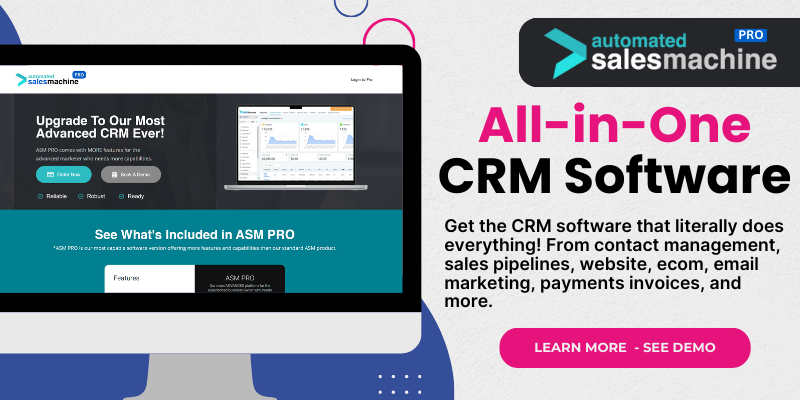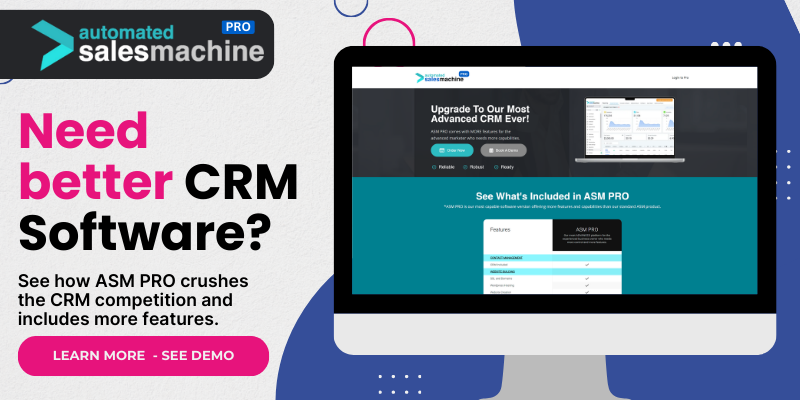Understanding the Basics of CRM Software
What is CRM Software?
So, let’s kick things off by diving into what exactly CRM software is. In my experience, CRM stands for Customer Relationship Management. It’s a type of software that helps businesses manage interactions with current and potential customers. Think of it as a Swiss Army knife for tracking relationships, sorting data, and improving your outreach.
At its core, CRM software centralizes customer information, making it easier for companies—big or small—to manage their relationships better. Whether it’s tracking emails, social media contacts, or sales calls, CRM crams a lot of functionalities into one handy tool. With a solid CRM in place, I’ve seen companies just like yours completely transform the way they interact with customers.
In a nutshell, effective CRM software helps streamline processes and boost productivity by keeping everything organized. If you ever felt overwhelmed by the sheer volume of customer data swirling around, you’ll find that a good CRM helps structure that in a way that’s user-friendly and actionable.
The Benefits of Using CRM Software
Why Invest in CRM?
Now, let’s talk benefits. CRM software isn’t just a nice-to-have; it’s a game-changer. One of the biggest advantages I’ve seen is improved relationship-building. With all your interaction history neatly tucked away, you can tailor your conversations to better meet your customers’ needs. It’s like having a personal assistant who knows exactly what your clientele loves and values.
Moreover, CRM systems enable analytics that help me make data-driven decisions. I can track client behavior, sales trends, and much more. When I dig into those juicy insights, it leads to smarter strategies and ultimately more sales revenue. You’re not just shooting in the dark; you’ve got data backing your moves.
Lastly, let’s not forget customer service. A good CRM software allows for quicker responses to customer inquiries and issues. Your clients feel valued when they see that you’re responsive and care about them—this boosts loyalty and keeps them coming back for more. My teams have reaped these rewards more times than I can count.
Choosing the Right CRM System
What to Look for in a CRM?
Choosing the right CRM can feel overwhelming at first, and trust me, I’ve been there. First tip? Identify your specific needs. Not every business is the same, and a well-suited CRM tailors to your unique operations and objectives. Whether you’re in sales, marketing, or customer support, understanding your goals will guide you toward the right tools.
Also, consider user-friendliness when selecting a CRM software. Trust me, no one has the time to navigate a headache-inducing system. I’ve learned the hard way that a clean, intuitive interface saves a world of frustration, especially for your team. Training staff shouldn’t feel like gearing up for battle; it should empower them.
Lastly, integrations are key. Today’s businesses rely on a plethora of software to keep everything running smoothly. Picking a CRM that integrates well with your existing tools can save you tons of hassle down the road. I always check compatibility and explore the ecosystem a new piece of software is part of—don’t overlook this!
Implementing CRM Software
How to Get Started with CRM?
Once you’ve picked your CRM, it’s time to roll it out. The first step I recommend is to clean and organize your current customer data. A tidy database will make the transition smoother. Nobody wants to migrate a mess of old contacts; trust me, it’s like moving to a new place with all your junk piled high!
Next, securing buy-in from your team is crucial. I make it a point to involve everyone affected by the CRM right from the start. Creating a sense of ownership eases the transition and lets everyone feel included. This will help them see this not just as another piece of software, but as a vital tool for success.
Finally, don’t rush it! Take the time to train your team thoroughly. I’ve experienced first-hand how a lack of training can lead to frustrations and inconsistent usage. Regular check-ins after implementation, as well as ongoing training sessions, can make all the difference in how well everyone adopts the software.
Using CRM Software Effectively
Best Practices for Maximizing Your CRM
To get the most out of your CRM, I follow a few best practices that have served my teams well. Firstly, regularly update your data. Keeping your contacts current is super important to reap the full benefits. I set reminders for my team to review and update client data every quarter—this ensures we’re on top of everything.
Another practice I live by is utilizing the reporting features. Take advantage of those built-in analytics and dashboards. I regularly review our CRM reports to understand our performance metrics, which really help in forecasting sales and making informed decisions.
Lastly, don’t hesitate to seek feedback from your team. They’re the ones using the platform daily, and their insights can be invaluable. I’ve found that regularly asking for feedback and adaptively improving our usage of the CRM fosters team morale and leads to better results across the board.
Frequently Asked Questions
What is CRM software used for?
CRM software is primarily used to manage customer interactions, track sales activities, and enhance customer relationships by centralizing information.
How can CRM software improve my business?
By organizing customer data, providing analytics, and enabling better communication, CRM software can improve operational efficiency and boost sales.
What should I look for in a CRM system?
Look for features that match your business needs, ease of use, and solid integrations with other tools you use. These are crucial for seamless operations.
How do I get my team to use the CRM software?
Involve your team in the selection process, provide thorough training, and create a culture that values data use for decision-making.
Are there any free CRM options available?
Yes, there are several free or low-cost CRM options that cater to small businesses or startups. Just be sure they include the essential features you need.

